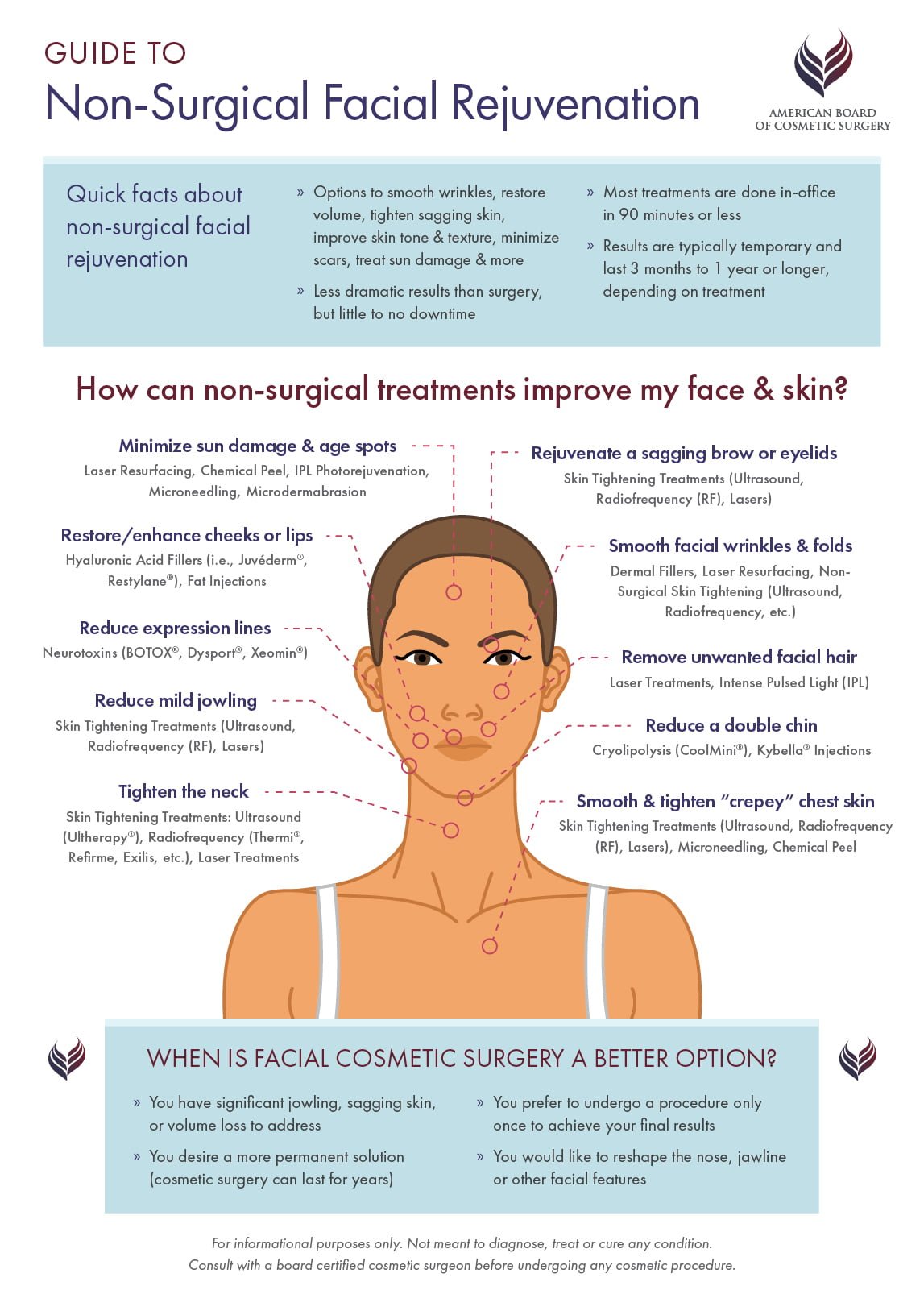How To Manage Acne During Periods
How To Manage Acne During Periods
Blog Article
Hormonal Acne - What is Hormonal Acne?
Hormone acne is identified by clogged up pores and oily skin that normally appears on the chin and jawline. It takes place when hormone changes cause swelling and bacterial overgrowth within hair roots.
Outbreaks might look like whiteheads, blackheads, papules or pustules and cysts or blemishes in extra extreme cases. It is much more typical in teens experiencing the age of puberty yet can influence grownups of any age.
What Causes Hormonal Acne?
While acne can be caused by a variety of elements, including utilizing hair and skin treatment products that aren't oil-free or made with components that might block pores, genetic tendency, diet plan,2 and tension, the source is varying hormones. Hormonal acne happens when the body experiences hormonal changes and fluctuations that result in an overproduction of sebum, which causes inflammation, increased growth of bacteria and changes in skin cell activity.
Hormone acne is usually located on the reduced jawline, cheeks and neck however can appear anywhere on the body. It is defined by blemishes that are cystic, uncomfortable and filled with pus or other material. It is also more likely to occur in women than men, specifically throughout the age of puberty, the menstruation, pregnancy or menopause.
Age
While numerous kids experience acne at some point during the age of puberty, it can remain to pester adults well into adulthood. Called hormone acne, this type of breakout is tied to variations in hormonal agents and is usually most typical in ladies.
Hormonal acne takes place when oil glands create excessive sebum, which clogs pores and catches dead skin cells. This brings about the development of acnes, such as whiteheads, blackheads and papules, pustules, cysts or nodules, deep under the surface.
This sort of acne typically causes pain, redness and swelling. It might likewise be cyclical and show up around the exact same time every month, such as right before your period starts. This is due to the fact that levels of female hormonal agents like progesterone and oestrogen change with each menstrual cycle.
Menstrual Cycle
Hormone acne usually appears in the reduced part of your face, along the jawline and cheeks, as whiteheads, blackheads or inflammatory acnes (acnes and cysts). It's probably to show up around the moment when your menstrual cycle adjustments.
Particularly around ovulation, when estrogen and progesterone levels get on the increase, hormone variations can trigger outbreaks. But it's additionally possible to get acne at any kind of point throughout your 28-day menstruation.
If you notice that your hormone acne flare right before your duration, try noticing when precisely this happens and see if it connects to the stages of your 28-day menstrual cycle. This will certainly help you pinpoint the origin of your skin troubles. As an example, you may want to service balancing your blood sugar and removing high-sugar foods, or consider a prescription drug like spironolactone that can control your hormonal agents.
Pregnancy
Growing a child is a time of dramatic hormone modifications. For many ladies, this includes a flare-up of hormone acne. This type of outbreak typically starts in the first trimester, around week 6. It's triggered by hormone surges that stimulate sebaceous glands to make even more oil, which can block pores and create more microorganisms to build up.
Outbreaks may additionally happen as a result of pre-existing problems like polycystic ovary syndrome, which can additionally be a problem during pregnancy and menopause. Additionally, some types of birth control pills (such as Ortho Tri-Cyclen and YAZ) can cause hormonal acne in some females.
Fortunately, the majority of acne treatments are "no-go" for expectant ladies (consisting of popular acne-fighting components such as isotretinoin and spironolactone). But if you can't stay clear of those irritating bumps, your physician may recommend oral erythromycin or cephalexin, which are risk-free while pregnant.
Menopause
As ladies come close to menopause, the estrogen levels that created their hormone acne to flare during adolescence start to stabilize and reduce. At the same time, however, a spike in androgens (likewise called male hormones) happens because these hormonal agents can not be converted into estrogen as successfully as before.
The extra of androgens can cause oil production by the sweat glands, which clogs pores. When the blocked pores come to be irritated and aggravated, a pimple forms.
Hormonal acne is commonly seen on the face, particularly around the chin and jawline, however it can take place on the neck, back, shoulders, or chest. This kind of acne has a tendency to flare in a cyclical pattern, comparable to the menstruation. Stress, which boosts facial cortisol and throws hormones out of equilibrium, additionally contributes to the breakouts.